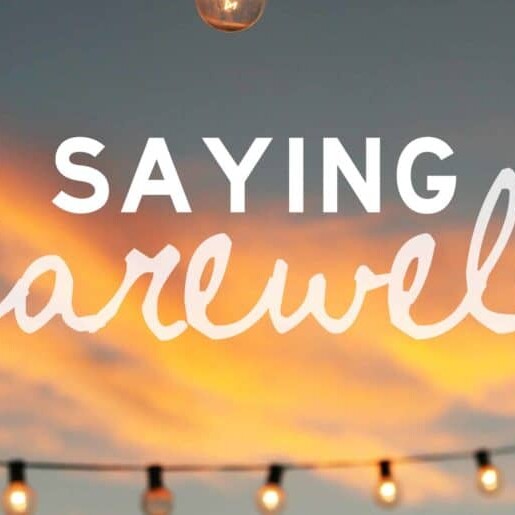Leadership Learning Community has spent a great deal of time and energy encouraging leadership funders and practitioners to expand and evolve their thinking on the very concept of leadership. To think about leadership not simply using what is called the “lone hero” model or lens. When the story of social change is told, it usually involves a few brave men, and occasionally women, who through grit, determination, and perhaps a superpower or two, save the day by individually ushering in change. This approach often excludes many from participating, upholds hierarchical, and often oppressive systems, and is frequently ahistoric, invisiblizing all of the non-household names, often less-privileged folks, who labored to make change possible.
Instead, LLC has supported efforts to think about leadership in more expansive, accessible, equitable, inclusive and democratic ways. Networked leadership is one example, creating a broad base of leadership rather than one leader to lead them all.
But the actual practice of inclusive and networked leadership is challenging. Often, supports are provided to or experienced by individual people, not whole communities, networks or demographic groups simultaneously. Smart and effective leadership processes encourage participants to engage in personal internal reflection, to build authentic relationships with other individuals, attend skills-building training sessions where a person individually chooses to show-up, etc; So how do we practice collective leadership when some parts of the leadership development practice feel individual?
Community Organizers have actually identified many ways to address this complicated challenge, but lately, I find myself thinking more and more about the following 3 approaches.
Building Collective Leadership: 3 Lessons from Community Organizing
1. Grounding Leadership in Purpose, Values and your Vision of the world you wish to create:
In a community organizing context, directly impacted people gather together to change the conditions in their communities: e.g. a dangerous intersection, economic exploitation, inequitable education funding, police brutality, or unsafe drinking water. An organizing effort is guided by collective need and collective purpose, rather than the pursuit of simply a personal change, although significant transformative personal growth certainly occurs. What is important to note is that those involved in Social Justice organizing aren’t only attempting to change the material conditions in communities, they are also attempting to refashion their communities in accordance with a more just vision of the world. I’m not suggesting that organizing spaces don’t grapple with individualism, but it’s much easier to remove ego from the equation when the conversation is about a collective purpose to change the world we share, rather than individual benefit.
2. Embed collectivist and collaborative approaches into the Leadership model:
Community organizers talk and think about power a lot, particularly asymmetrical power. Building collective, rather than individual power, as a way to counter gross power asymmetries is a core concept of organizing. Consequently, collaborative action is both an organizing value and strategy. This doesn’t mean that individual growth and personal relationships aren’t also important, part of the work of organizing is appreciating the individuals within a collective. However, when a community organizer works to support the leadership of a community member, together they deeply explore the greater capacity of people working together. The popular chant, “The people united will never be defeated,” clearly articulates this concept. This is different from a concept of leadership which suggests that if more individual people develop their own skills or abilities, a problem will be solved.
3. Political education and consciousness-raising:
Effective community organizers create space for people to ask “why” over and over again. Sometimes folks are able to ask “why”, using the circumstances of their own lives as the study material. For example, domestic workers facing exploitation or tenants experiencing yet another winter without heat can ask not only “how can we stop the mistreatment,” or “how do we get heat,” but “Why are our working or living conditions the way they are?”; exploring who is harmed, who benefited, as well as the systems and structures which perpetuate those conditions.
Another effective model is to take a fairly well known historical example. A common example is the Montgomery Bus Boycott, and moving beyond what is common knowledge. In most Black History Month lesson plans, we learn about the Boycott through the Lone Hero lens. But by digging more deeply into the actors (including those overlooked by history books), conditions, leadership development practices, and strategic decision-making processes, we gain a better understanding of the full array of people who contributed.
This practice of excavating both the history and root causes of social conditions is also relevant for leadership development. In addition to “why”, community organizing also encourages people to ask “what”; namely, what would happen if we got together to demand something different? I recently heard Sally Leiderman encourage a group of leadership practitioners to question if their work upholds or interrupts the status quo, or something in between. This, for me, is the most salient question. What would happen if we supported leadership differently, leadership for equity, community building, and love? Exploring what we know about leadership, why we know it and how this understanding shapes our world could help us reimagine new ways of supporting leadership for a more just world.
______________________________________________________________________________
1Shout out to the amazing current and former trainers at the Center for Community Leadership from whom I have stolen different ways of doing this: Susanna Blankley, Joan Minieri, Angelica Otero, Zahida Pirani, Krystal Portalatin, and Hector Soto
Originally published at Leadership Learning Community on 5.6.19
Related Posts
September 24, 2025
Thank you & Farewell
November 4, 2024



